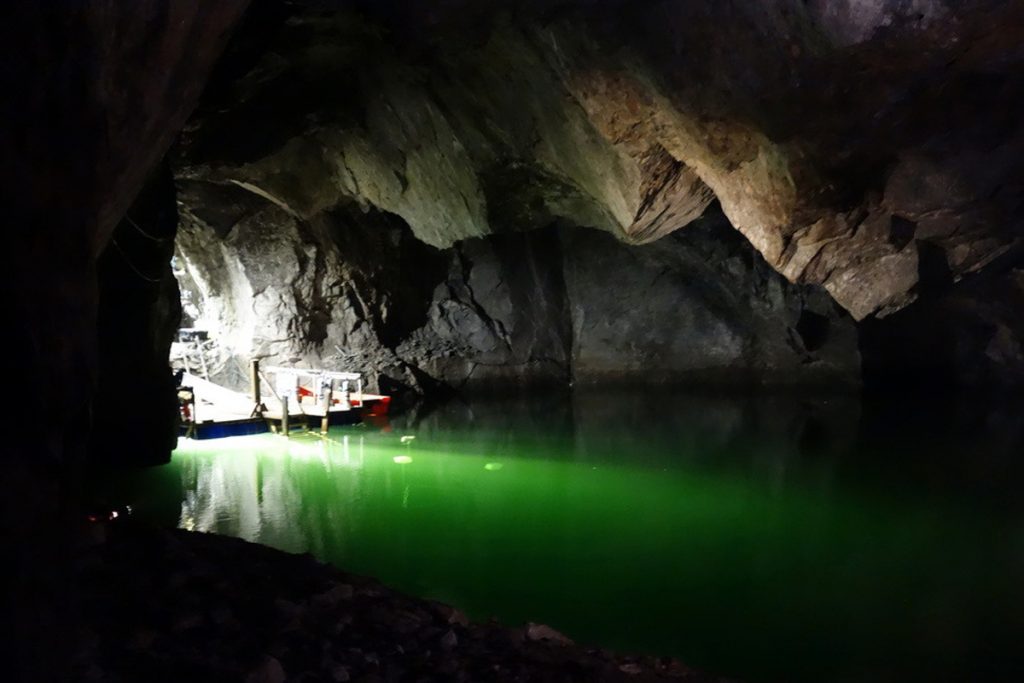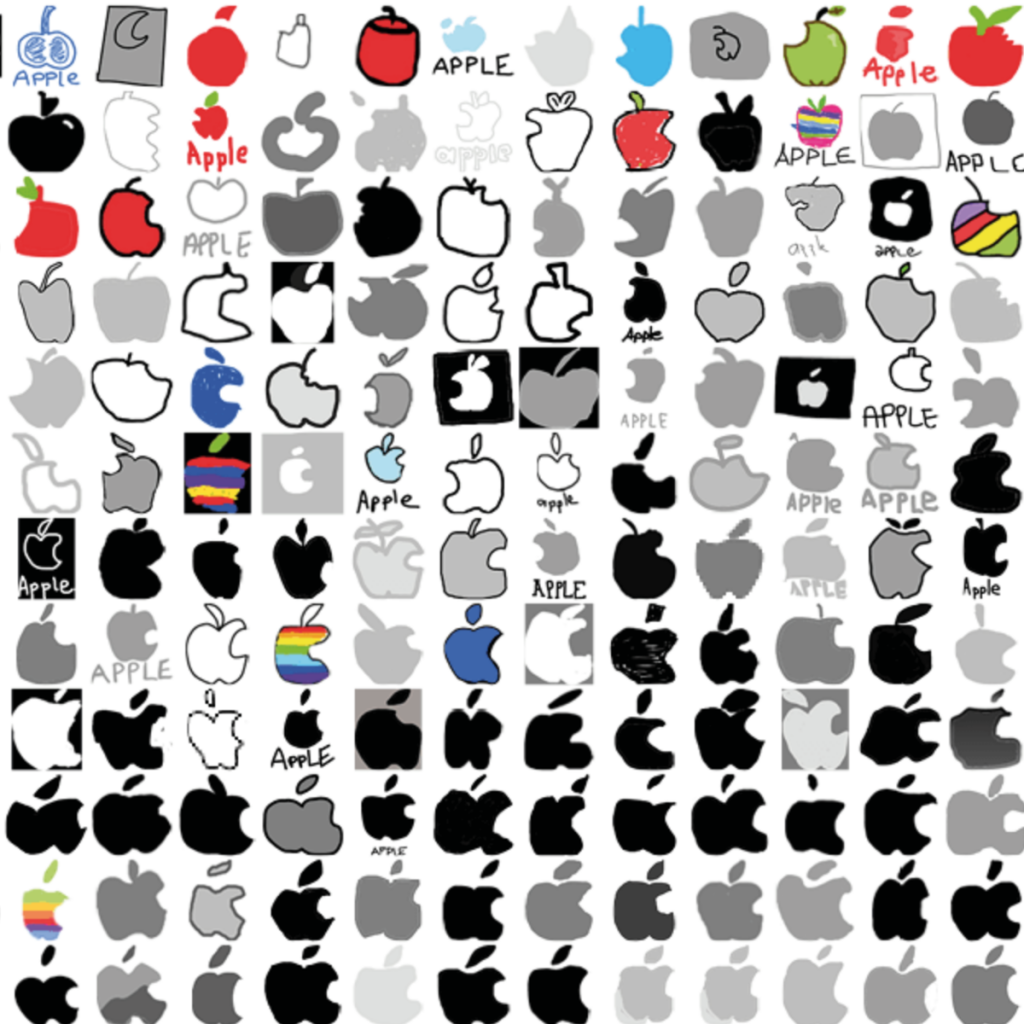Link About It: This Week’s Picks
Modernizing Yiddish, designing the world’s best logos, Napping with NASA and more in our look at the web


1. The World’s Best Logo
While there are many brands whose logos are burned into our minds—for better or worse—none of them were easy to create: “crafting such a deceptively simple symbol is a massive undertaking, so it’s no surprise that the majority of the world’s logos are so disposable,” journalist John Brownlee shares. With that in mind, Fast Co has explored (along with various creative leads at design agencies) what they think might be the world’s best logos, from the profile of Mickey Mouse to the iconic “I Heart New York.” There might be a few surprises in their list, but each is certainly worth a closer look. Read more at Fast Co.
2. The Penn Station of 2020
650,000 passengers pass through the dated, maze-like transportation hub that is NYC’s Penn Station every single day. This one monstrous space plays host to New Jersey Transit, Amtrak, the Long Island Railroad and, of course, subway stops. It is not only in need of a cosmetic upgrade, but a functional reconstruction. And now, it seems like it will finally receive one, according to New York Governor Andrew M Cuomo. Slated for a 2020 completion, the overhauled Pennsylvania Station-Farley Complex (known as the Moynihan Train Hall) will measure 250,000 square feet and shift different concourses from their current position. There will be another 700,000 square feet dedicated to office and retail spots. A glass skylight above makes reference to the original much-lamented complex, which was demolished to make way for the present one. The project is projected to cost $1.6 billion and hopefully the updates will place clarity and ease of travel at the forefront.
3. Are Oysters Really an Aphrodisiac?
Almost everybody has heard or believes that oysters are an aphrodisiac, but nobody seems to know why. Wired looked back at the study done by Italian scientists who cracked open some mollusks and discovered an amino acid that, when given to lab rats, increased their testosterone and progesterone. Those higher hormone levels don’t necessarily mean the rats felt especially sexy, but the connection makes sense. Most interestingly though, it wasn’t oysters in which they found this amino acid, it was mussels. So on your next date, maybe skip the oysters and order moule frites instead.
4. The Importance of Napping to NASA
When one thinks about space travel, it’s not always the seemingly everyday things that come to mind: like washing, eating or sleeping. But according to psychologist Erin Flynn-Evans, who is in charge of the sleep research program at NASA’s Ames Research Center, scheduling naps is one of the most important jobs during any mission. Of course it’s important for anybody who needs to focus to get proper rest, but it’s especially difficult and important when not on Earth. Find out more in Flynn-Evans’ interview with the Washington Post.

5. The Features of Google’s Pixel Mobile Phone
Who wouldn’t like a phone that recuperates seven hours of battery life after 15 minutes of being plugged in? And that’s just one of many features Google has announced regarding their new mobile phone Pixel, for which they built both the software and hardware. The device comes in two sizes (5″ and 5.5″) and three colorways (including a rich “really blue,” which we were expecting from the most recent iPhone). It’s got the latest Android operating system (7.1, known as Nougat), features the purported best camera ever to grace mobile phones (12.3MP camera with an f/2.0 aperture) and comes standard with a built-in Google Assistant. The balance of glass and aluminum is lovely, albeit unsurprising. But the real value will only be known when we’ve got it in our hands. Pixel is already available for pre-order at the Google store, with delivery expected in the next two weeks. It retails for $649, or $27 a month.
6. Yiddish in the 21st Century and Beyond
Yiddish is a thousand-year-old language. With many words originating in the Bible, it makes sense that there’s no term for “email” or “transgender” or so many other modern-day words. However two people, Gitl Schaechter-Viswanath (Yiddish editor and poet) and Paul Glasser (former dean at YIVO Institute for Jewish Research), have joined forces to create the future-forward Comprehensive English-Yiddish Dictionary. With over 50,000 entries and sub-entries, the dictionary introduces plenty of modern terminology—down to “shlingen epizodn,” meaning “binge watch” but literally translated to “wolf down episodes.”
7. Sweden’s Luxury Hotel Room in a Silver Mine
It took 10 years for miners to carve out what would later become the Sala Silver Mine Hotel Suite in the underbelly of Sweden’s formerly most important silver mine. At 508 feet underground, it’s the world’s deepest hotel room. And while the mine itself is rather cold, the room sits at a pocket of warmer air, making it a more habitable spot. Just don’t expect to find any silver (aside from the furnishings) as the ore ran out years ago.
8. A Model for Computers with Human-Like Memories
Thus far, we’ve been able to replicate both a cat and monkey-sized artificial brain. The human brain, however, has proven more elusive—though some scientists say it can be done by 2019. The blockade here is energy. According to the Atlantic, artificial brains require so much energy as they have the capability to be infinitely precise and draw upon epic amounts of data. Take, for example, how human’s recognize another human’s face—and multiply the accuracy based on a lifetime’s worth of memories. Theoretical neuroscientists Stefano Fusi and Marcus Benna offered up a solution in a new paper published in Nature Neuroscience: move from chaos to stability. In humans, synapses in the brain form new memories while protecting older ones at the same time. There is a metaplasticity that allows us to absorb more into a chaotic mind at a young age, while later-in-life memories and knowledge are, for lack of better word, “hardened.” These variables and the model based off of it might save energy and allow for a breakthrough in developing artificial human-like brains.
Link About It is our filtered look at the web, shared daily in Link and on social media, and rounded up every Saturday morning.











